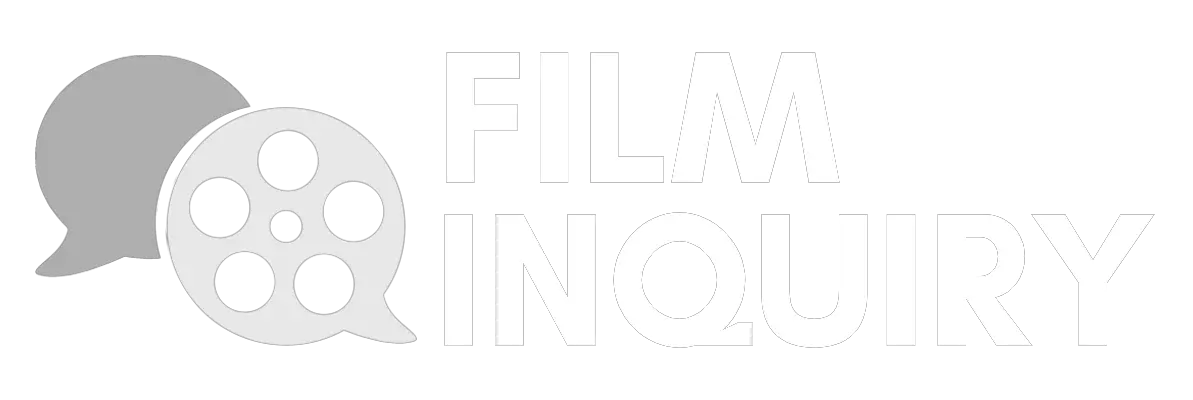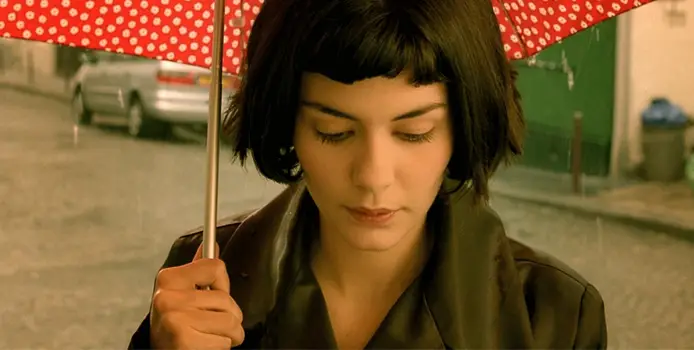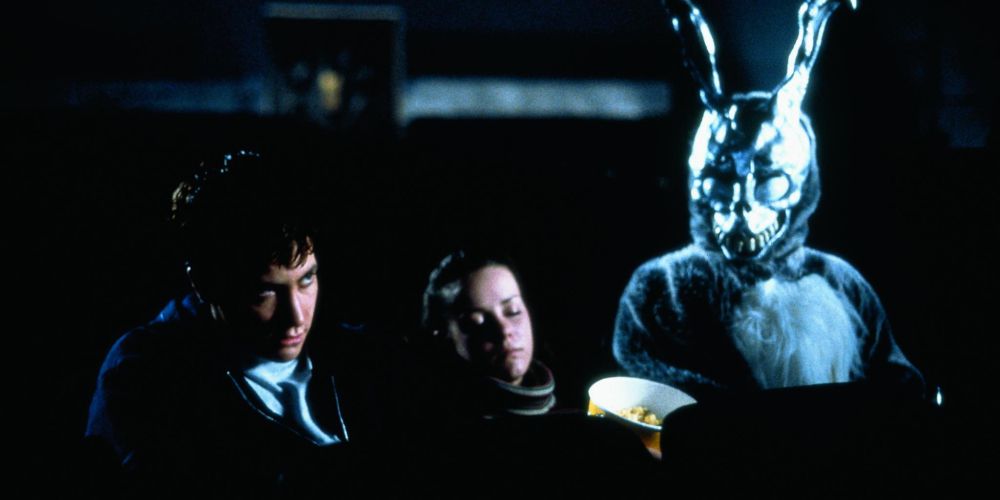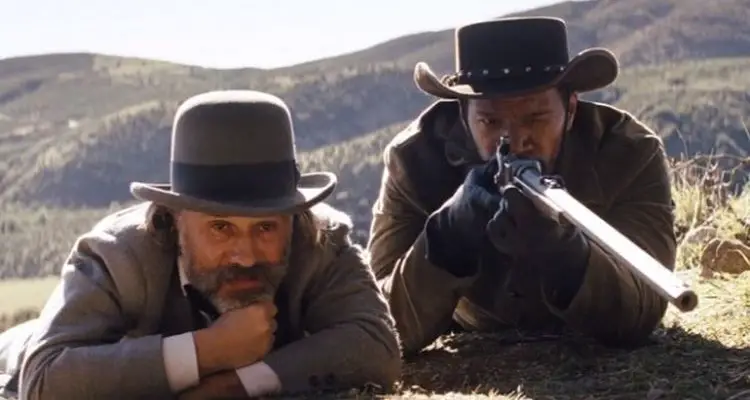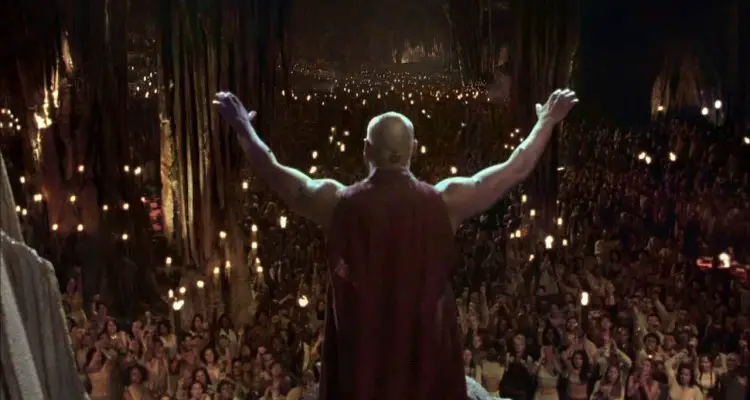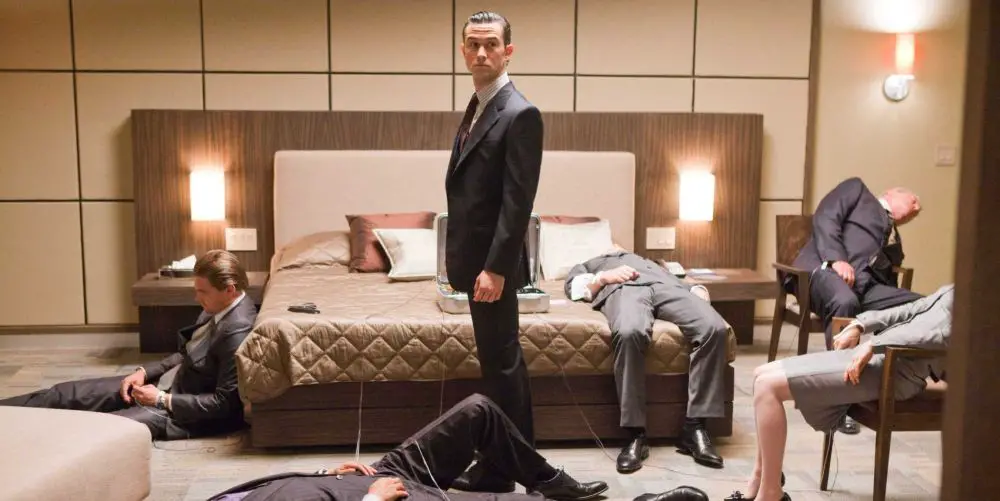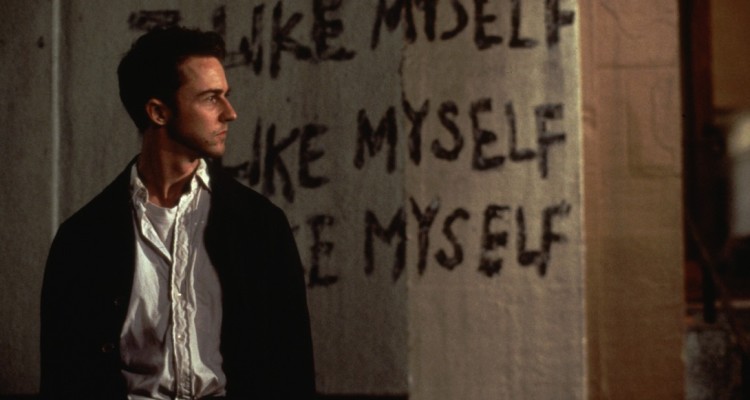film analysis
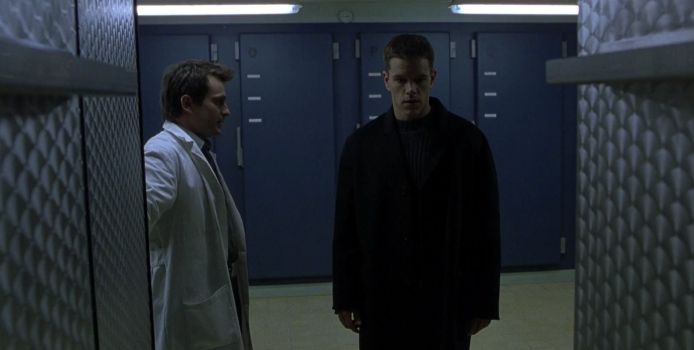
Near the conclusion of The Bourne Identity (2002), we find our hero, Jason Bourne (Matt Damon), taking refuge in a country farmhouse belonging to Eamon, the ex-boyfriend of Bourne’s hostage/lover/sexy barber Marie (Franke Potente). Bourne’s shadowy employers have dispatched a rival Treadstone assassin – known only as The Professor (Clive Owen) – to eliminate the threat posed by their malfunctioning asset. When Eamon’s son notices the family dog has gone missing, Bourne (preternaturally perceptive, as always) recognizes the portent.
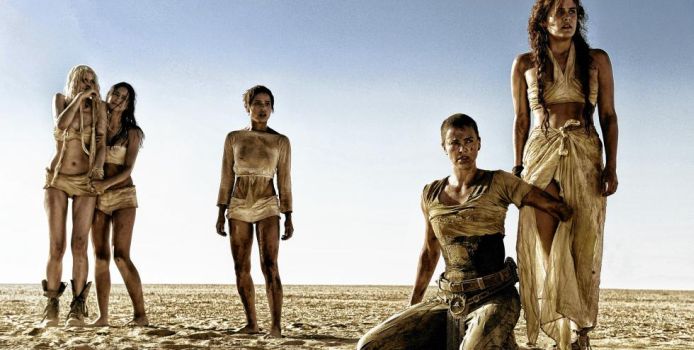
Mad Max: Fury Road, the latest from Australian director George Miller, is overtly, and perhaps primarily, an action film. The vast majority of its two hour runtime is devoted to a single unrelenting chase sequence; it both drives the narrative and provides a platform for the manic and brilliantly staged action set-pieces which will define the film for many audiences.
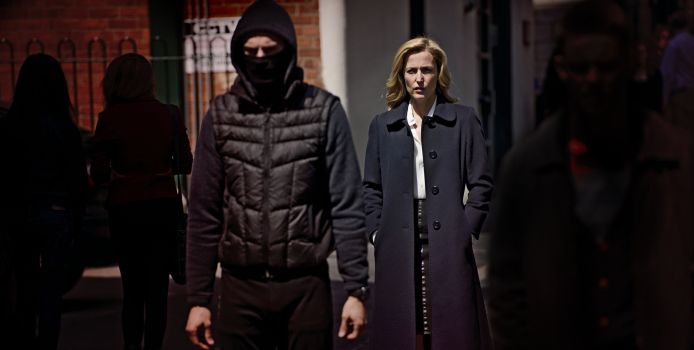
I was watching the North Irish TV show The Fall a while ago and it struck me how handsome Jamie Dornan is, and how fascinating it is that the creators of the show cast him for the role of the sexual predator and serial killer, the villain of the story. In typical crime films and TV, the average sexual predator is portrayed to be a pretty average if not ugly guy, around or older than 40, and if he’s fat, he preferably has a constant sheen of sweat over his forehead. Someone who kind of grosses you out.
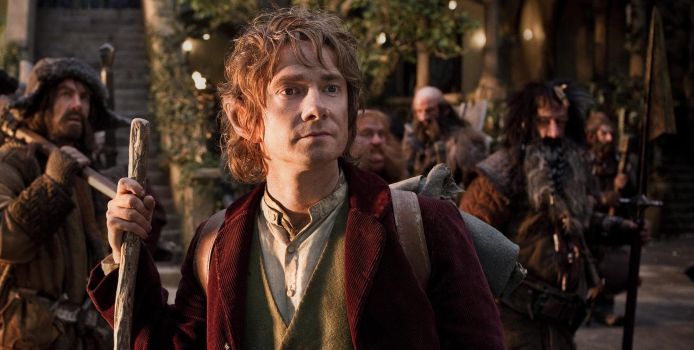
Plot, visuals, and theme are all hugely important to great cinema, but movie audiences love characters, and they remain the most memorable aspect of many films. However, the same character types appear again and again in film – the heroes, the villains, the sidekicks and the damsels in distress. We simply accept this as a part of cinema, and of stories in general, and it’s because all stories follow the same narrative structure, according to Russian theorist Vladimir Propp.
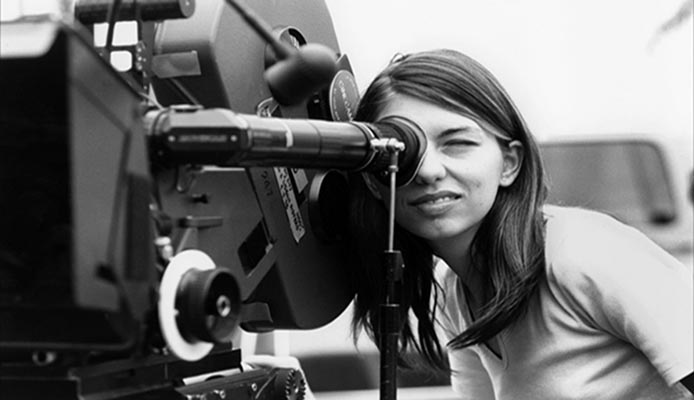
Hollywood has always been something of a boys club. If you think about the golden era of the studio system, you always hear about larger-than-life stars and the maverick, alpha-male directors that made all the classics we know and love today. Think of pictures of giants such as Howard Hawks, Samuel Fuller, John Huston, or Alfred Hitchc*ck, who are usually seen dictating their vision with booming authority.
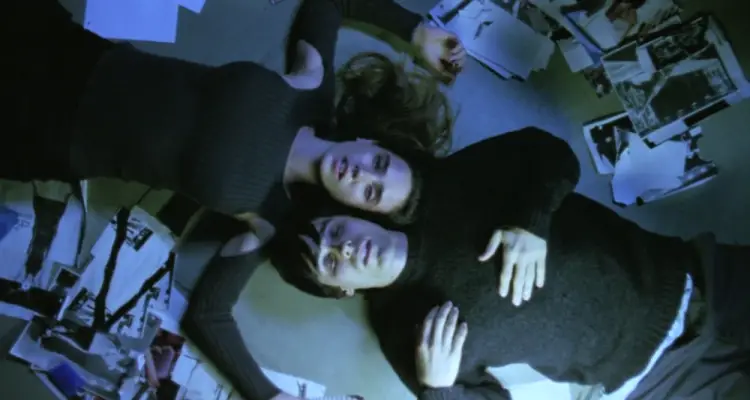
In earlier instalments of How To Analyse Movies, we discussed film language, how meaning is created in film through the use of signs, codes and conventions and most recently, we covered mise-en-scène and editing. In this chapter, we’ll discuss the camera and how it too can create meaning and how important it is to know about the way the camera is used to analyse a movie. The way the camera has been positioned or has been used too can create meaning, and it’s very important to know how it has been positioned and to analyse a film in its whole.
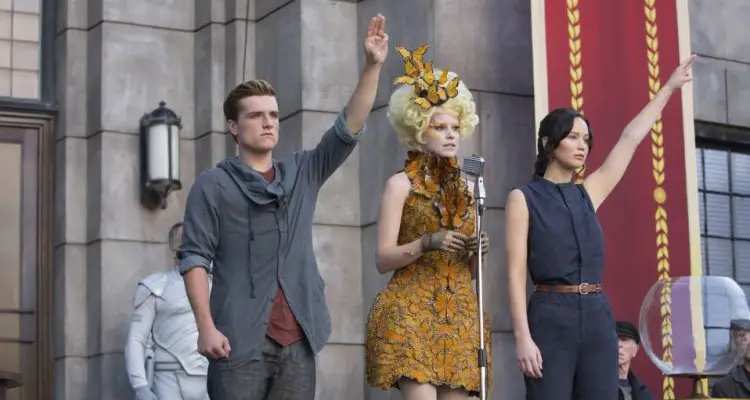
In this chapter, we’ll cover the signs, codes and conventions in a film that can tell you a lot about the messages that the creators are trying to convey. Some filmmakers are aware of the use of signs, codes and conventions in their work, though some are not. In that case the symbolism may be there, but not on the surface, which makes it a little harder to interpret.

